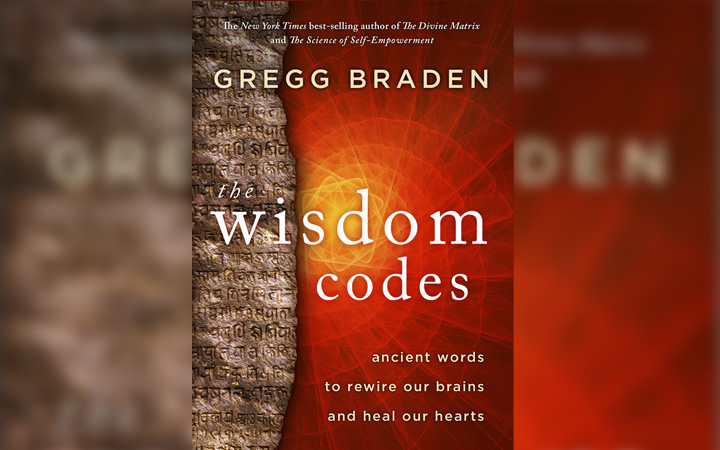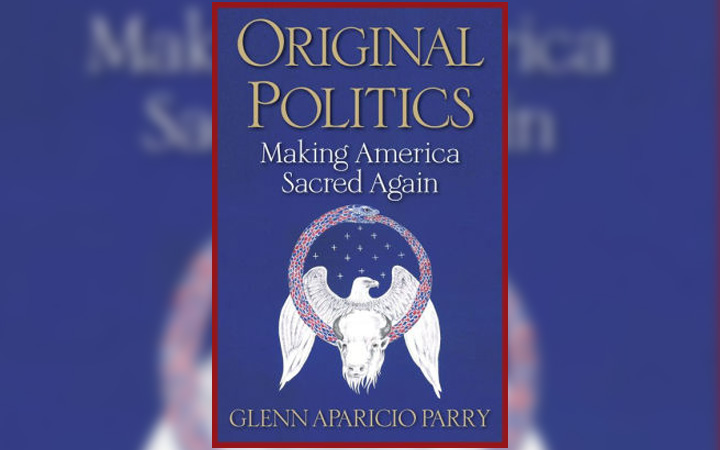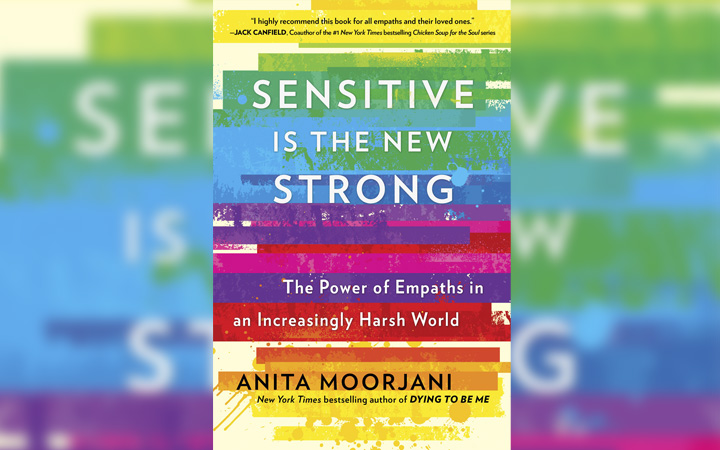Wisdom Code 2: Buddhist Prayer of Refuge

Excerpt from The Wisdom Codes: Ancient Words to Rewire Our Brains and Heal Our Hearts. By Gregg Braden
WISDOM CODE 2: In the Buddha, the Dharma, and the Sangha, I take refuge until I attain enlightenment.
USE: Protection. This code addresses the need for personal protection at a spiritual level for a specific period.
SOURCE: Abbreviated form of the traditional Tibetan Buddhist Prayer of Refuge. The full text is included in the discussion that follows.
The Buddhist Prayer of Refuge has uncertain origins. While the great yogi Atiśa (Atiśa Dīpamkara Śrījñā-na) is often thought to be the author, there remains uncertainty and controversy as to whether he personally created the prayer or was so instrumental in spreading the teachings that it is attributed to him. As a master teacher of the Buddhist traditions, Atiśa organized and distilled the essence of Buddha’s 84,000 teachings into a single, seminal text that is still used today. In his classic text Lamp for the Path to Enlightenment, Atiśa describes the practices that comprise the Buddhist Prayer of Refuge.
Wisdom Code 2 is known by names that include the Prayer of Refuge, the Instruction on Refuge, Atiśa’s Refuge Prayer, and more commonly, the Prayer of the Three Jewels. In the Tibetan tradition, the prayer is called kyamdro, which is under-stood to be an instruction to take refuge in the three foundational elements, or jewels, of Buddhism: the Buddha (the teachings of the enlightened being who discovered the path), the Dharma (the eternal truth of reality), and the Sangha (the community of other Buddhists—traditionally nuns, monks, and supplicants), described in the following paragraphs.
ANATOMY OF TIBETAN BUDDHIST PROTECTION
The chemical codes of human life, our DNA strands, are typically simplified by using four letters of the alphabet—C, T, A, G—as a shorthand representing the four proteins that make life possible: cytosine, thymine, adenine, and guanine. While some proteins contain as many as hundreds of underlying amino acids, by using different combinations of the shorthand, it becomes possible to read, write, and describe even the most complex proteins quickly and easily. The Buddhist Prayer of Refuge works in a very similar way.
While the prayer itself contains many layers of depth and meaning, the essence of the prayer is represented by only three brief verses. And just as the simple letters C, T, A, and G represent a deeper meaning for the DNA codes, each verse of Wisdom Code 2 represents a deeper understanding of ourselves and the experiences of our lives. Following is a brief anatomy of this prayer, describing the meaning of refuge itself, and four underlying principles that give us varying degrees of refuge in our lives.
THE MEANING OF REFUGE
The traditional Buddhist texts describe different kinds and varying degrees of refuge that we may seek over the course of our lives. With respect to Wisdom Code 2, the word refuge can initially mean protection from suffering by turning to ways of thinking and living that reflect the teachings of the Buddha. This kind of refuge is described as taking the form of three “objects” or principles: the Buddha, the Dharma, and the Supreme Assembly, or Sangha. Following is a brief description of each principle and what it means in our lives.
Principle 1. Refuge in the Buddha
The first object of refuge is the path of the Buddha, or Buddhism itself. To “take refuge in the Buddha” is to commit to a path of conscious thought and mindful action designed to lead to a greater state of awareness of ourselves, as well as our relationship to the world. This path requires a commitment to a deeper relationship between us and the enlightenment that Buddha tells us is possible in our lives.
Principle 2. Refuge in the Dharma
The second object of refuge is the Dharma. Within the context of Buddha’s Prayer of Protection, this refuge is found in the writings (Buddhist scriptures) that harmonize the unsettled and fearful emotions of the mind. Shifting our attention from the chaotic matters of the world to the harmony that’s reflected in nature and the human body frees us from fear and suffering.
Principle 3. Refuge in the Sangha
The third object of refuge is the Sangha. This is a reference to spending time in the company of Bodhisattvas, beings who have achieved an advanced state of consciousness. These are compassionate beings who, although they have already reached a state of enlightenment, choose to remain in the unenlightened realm of everyday life on earth to ease the suffering of those who have not yet achieved the same state.
Principle 4: Pray for an Unlimited Duration
There is a fourth principle that brings this code to completion. This is the last and final portion of the recitation that specifies the duration of the refuge and protection that the person using the code is striving for. This parameter is simply stated: “Until I attain enlightenment.” In the Mahayana sect of Buddhism, this state of enlightenment is clearly described. It is the successful realization of the Bodhisattva consciousness. Taken literally, the conclusion of Wisdom Code 2 tells us that the refuge and protection we’re asking for is to be sustained until we’ve reached enlightenment and become a Bodhisattva. The vow that combines these four principles is the source of the code’s power.
The English translation of this timeless wisdom code is spoken as follows:
In the Buddha, the Dharma, and the Sangha, I take refuge until I attain enlightenment.
In the Sanskrit language that was the code’s origin, each fragment of the wisdom code begins with the word namo, meaning “homage” or “reverence.” It is spoken like this:
Namo Buddhaya;
Namo Dharmaya;
Namo Sanghaya.
HOW TO USE WISDOM CODE 2
The power of wisdom codes comes from their repetition and doing so in the affirmative. This imprints a code on the subconscious mind. When we create heart/brain harmony), we open a “hotline” to communicate directly with the subconscious mind.
From a place of heart/brain harmony, recite the version that you are most drawn to, silently or out loud—line by line—until you feel an increased sense of trust and certainty that you are not alone. The key is to embrace this code with a focus of awareness, breath, and feeling in the heart rather than the mind.
English Translation of the Ancient Sanskrit
In the Buddha, the Dharma, and the Sangha, I take refuge until I attain enlightenment.
Original Words in Ancient Sanskrit
Namo Buddhaya;
Namo Dharmaya;
Namo Sanghaya.

 bout the Author
bout the Author




